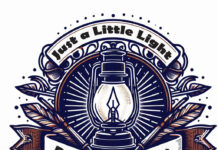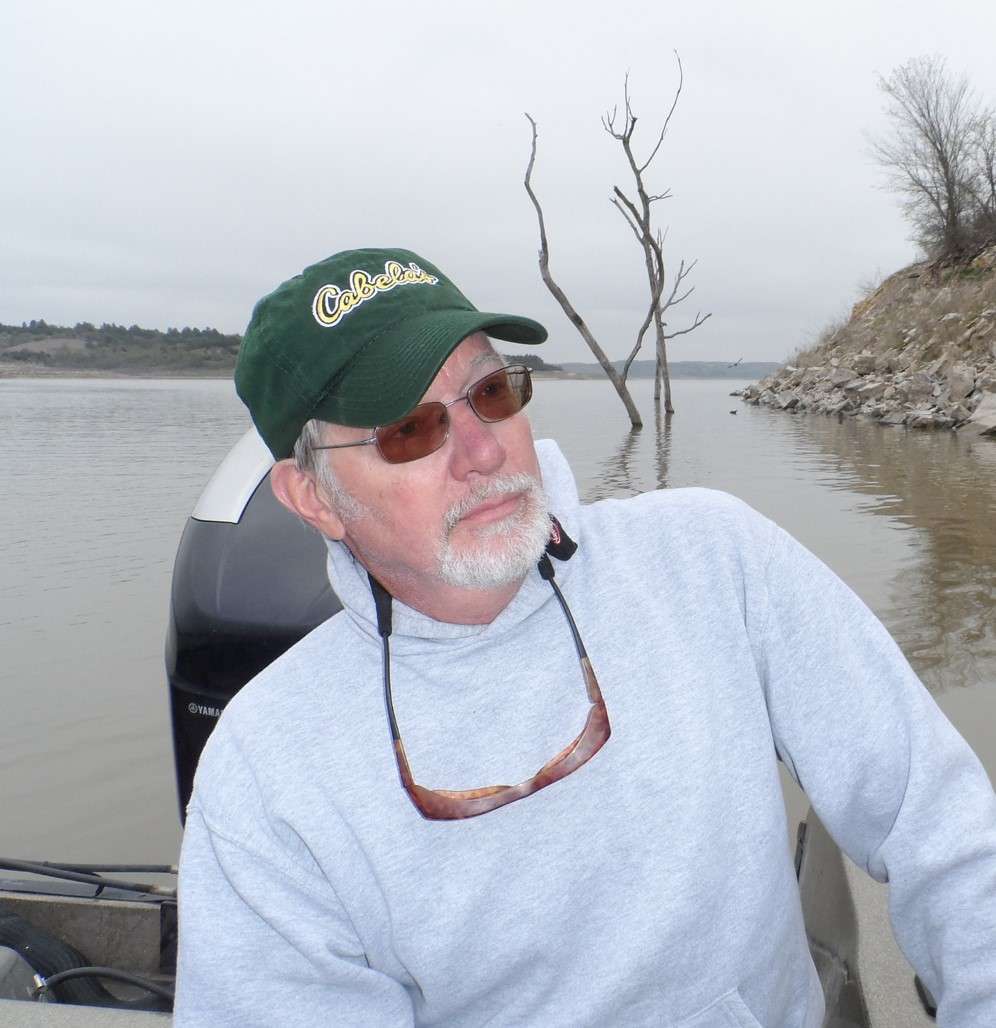William S. Hart was the most popular cowboy screen star in Hollywood during the second decade of the 20th Century.
Born in Newburgh, New York, on December 6, 1864, Hart portrayed the first rough-hewn “Good/Bad Man,” said Steve Hulett, cowboy movie historian.
However, Hart didn’t begin his acting career as a flinty, Western hero. He started on stage reciting Shakespeare.
After two years, he moved on portraying the evil cattle rustler Cash Hawkins in the stage play titled “The Squaw Man, Hulett said.
Cash Hawkins was the first presentation of a real American cowboy that Broadway had ever seen, Hulett noted.
Hart remained with the production until he accepted the title role in Owen Wister’s “The Virginian.” Hart developed a name for himself playing “authentic” Westerners on the Broadway stage.
Yet even with favorable reviews, the actor often led a hand-to-mouth existence and supplemented his income with detective work.
In 1914, Hart’s fortune changed. He moved to Hollywood, California, and played support in a handful of two-reel Western movies. Within a year, he was top-lining feature films, Hulett said.
Fascinated by the Old West, Hart acquired Billy the Kid’s “pistols.” He was a friend of legendary lawmen Wyatt Earp and Bat Masterson. Hart was particularly interested in making realistic Western films.
In 1915 and 1916, Hart was the top money-making star in the United States, Hulett said.
In the films. Hart rode a brown and white pinto he called Fritz. The horse was forerunner to later famous movie horses like Tom Mix’s Tony, Roy Rogers’s Trigger and Clayton Moore’s Silver.
Hart also volunteered from 1917 to 1918 with the Four Minute Men program to give short pro-war speeches, Hulett said.
Hart was always close to his sister Mary, and when he moved to California, she came with him.
In his autobiography “My Life East and West,” Hart called Mary “my constant advisor.” She took care of his fan mail, Hulett said.
Mary is listed as cowriter for two of his published books, “Pinto Ben and Other Stories,” 1919, and “And All Points West.” 1940.
When Winifred Westover was about to sign a new five-year film contract, Hart sent her a telegram her not to sign anything. He then proposed marriage to her in a letter, and she telegraphed her acceptance.
On December 7, 1921, Hart married Winifred Westover in Los Angeles. She was 22 years old, and Hart was 57. The only guests were the bride’s mother, Hart’s sister Mary, and his attorney. On the day of her wedding Westover signed an agreement to retire from acting.
The couple’s son, William S. Hart, Jr., was born on September 22, 1922. Hart’s son lived with his mother and spent little time with his father.
When Hart’s sister Mary died in 1943, a “tall, erect cowboy” attended the funeral “leaning on the arm of his son.” William S. Hart died on June 23, 1946, at age 81.
For his contribution to the motion picture industry, William S. Hart has a star on the Hollywood Walk of Fame. In 1975, he was inducted into the National Cowboy Hall of Fame in Oklahoma City, Oklahoma.
Original Silver Screen Western Hero William S. Hart More Actor Than Cowboy
Down the Draw





